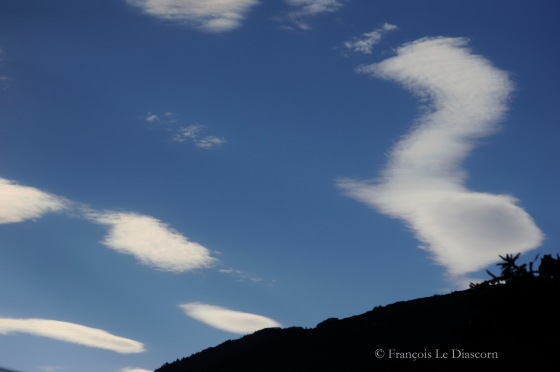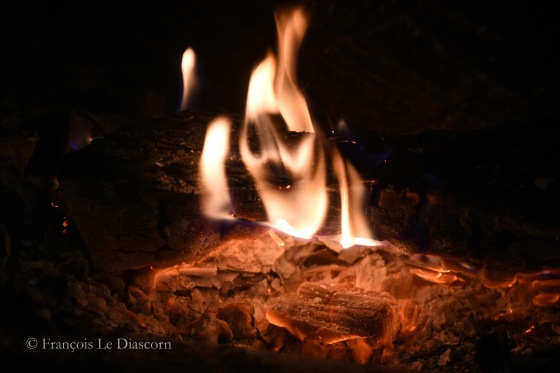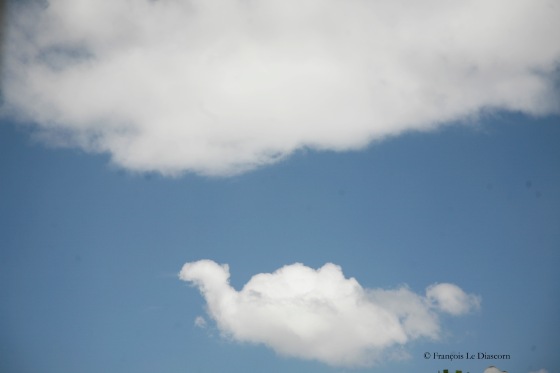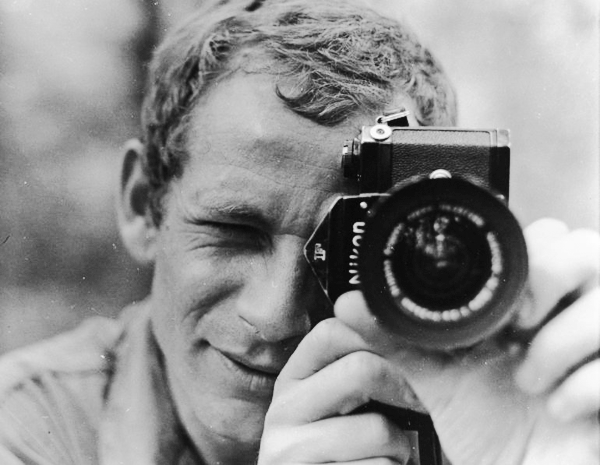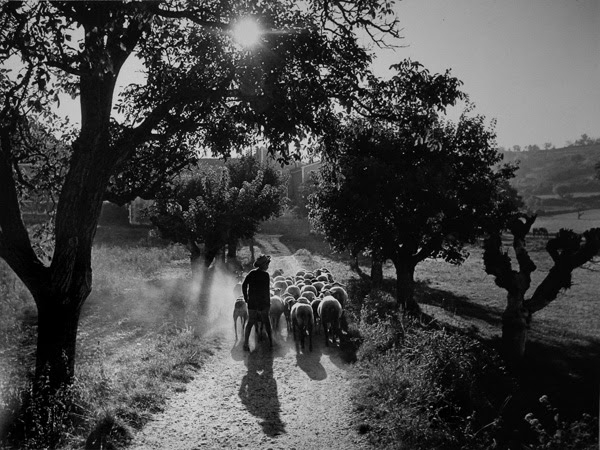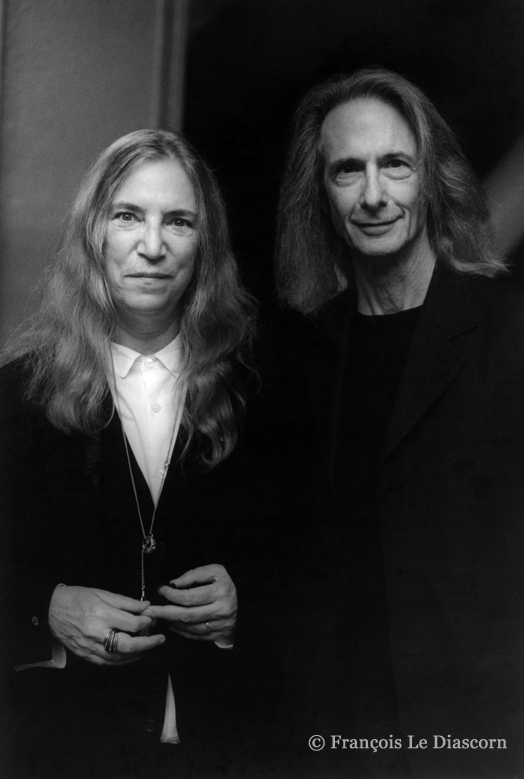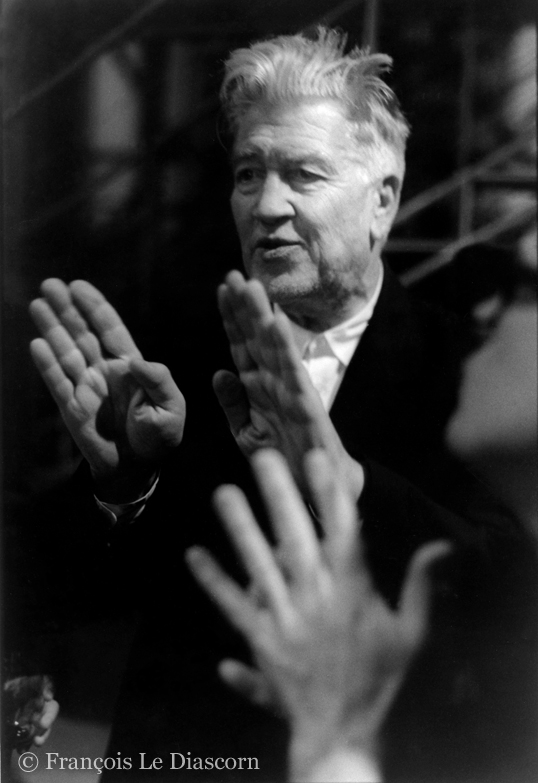Chers Ami(e)s,
Chacun essaye de trouver un moyen de s’occuper pendant le confinement. En ce qui me concerne, empêché comme tout le monde de voyager (nous avions planifié un USA tour à partir du 17 mars), et toujours démangé par l’envie de photographier, que pouvais-je faire? Eh bien, le soir (il fait encore frisquet), j’allume le feu de ma cheminée et je photographie les flammes. Et dans la journée je dirige mon appareil vers le ciel et les nuages. Voici donc quatre photos en attendant plus. Enfer et paradis? Ou seulement la beauté du monde, ici à l’intérieur et au dessus de ma maison .
Dear Friends,
Each of us is finding our own way to occupy our time during these weeks of confinement. As for me, unable to travel or go anywhere (we had planned to take a road trip through the States this spring), yet with my need to be taking photographs, what could I do? Well in the cold evenings, after lighting the fire, I sit in front of it, photographing the flames! And during the day, I turn my head upwards, to the sky and the clouds. Here are four photos, in anticipation of more. Hell and paradise? Or just simply, the beauty of the world, right here inside my own home and above my yard.

